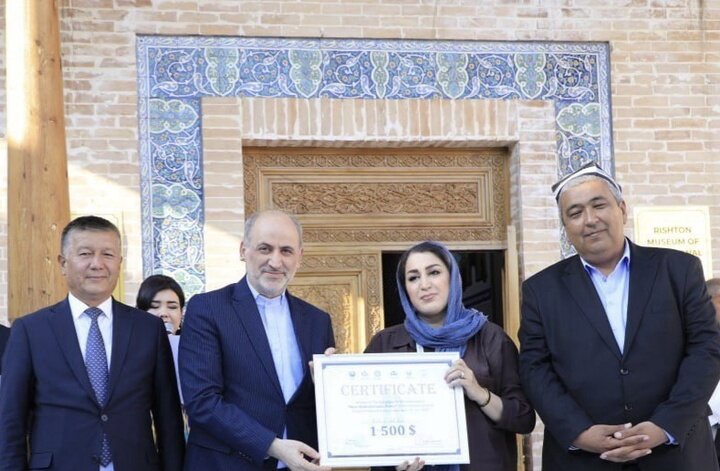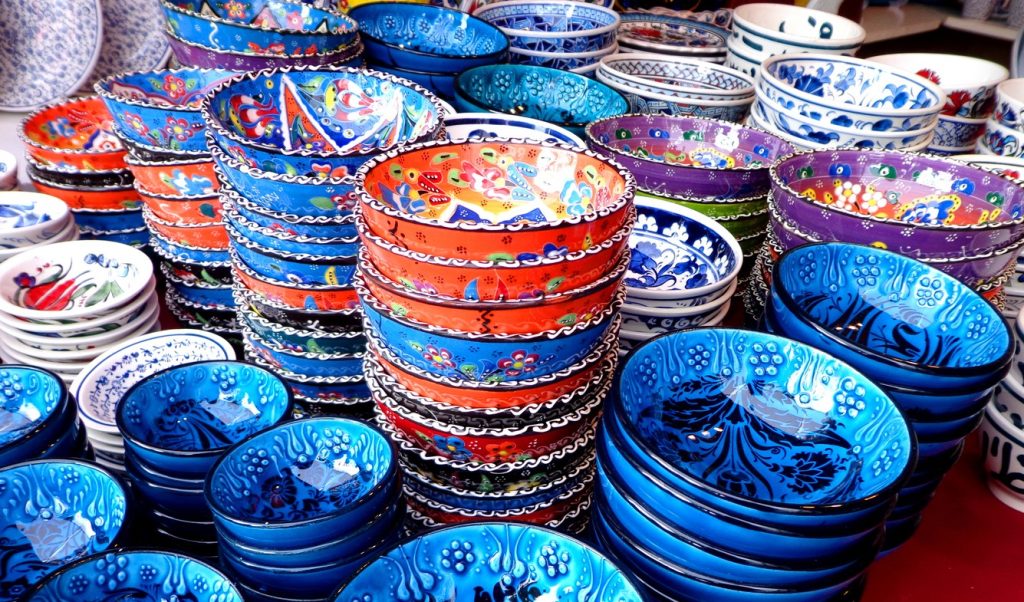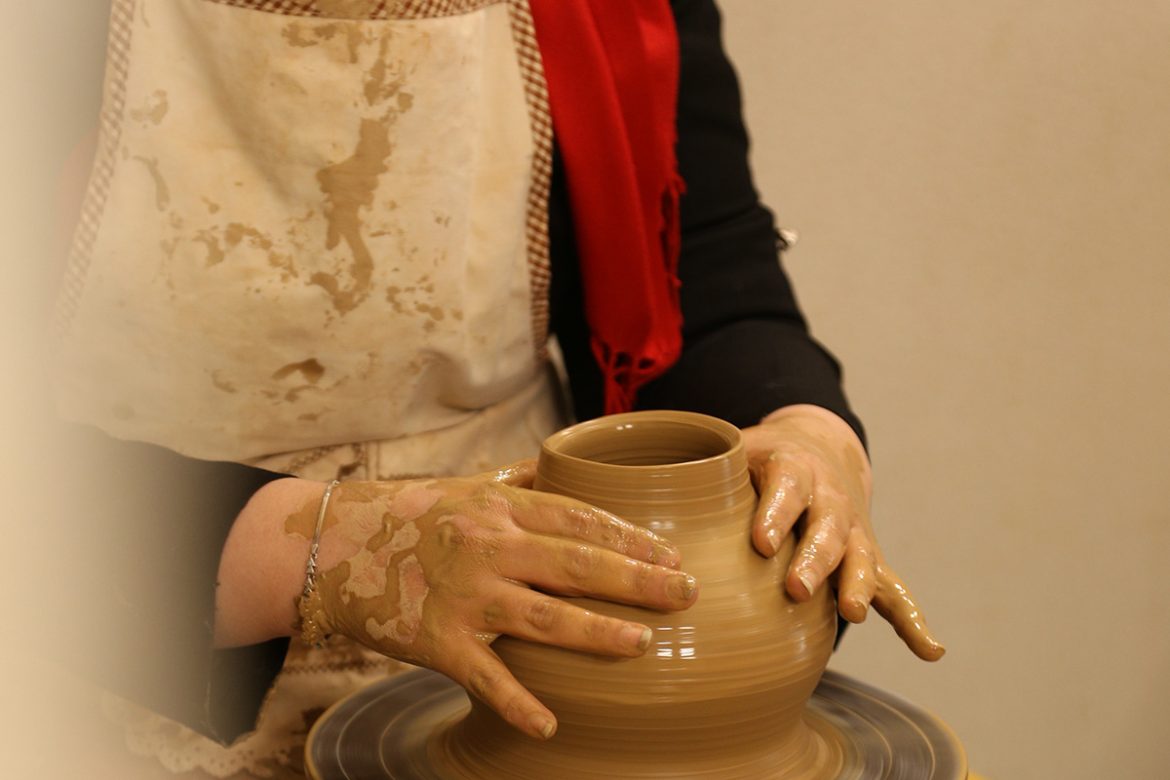Zahra Aslani, a talented ceramic artist from Ardabil, Iran, has been awarded the title of “Most Skilled Female Potter” at the World Potters’ Assembly and Global Handicrafts Festival held in Rishtan, Uzbekistan. This prestigious event, which took place from September 18 to 21, 2025, brought together artisans from over 30 countries. Among this diverse group, Aslani’s work stood out for its exceptional craftsmanship, earning her the recognition and a prize of $1,500.
A Celebration of Traditional Arts
The Global Handicrafts Festival in Uzbekistan is recognized as one of the most significant international events for traditional crafts. Held in Rishtan, a city renowned for its long-standing pottery heritage, the festival provides a platform for artisans to display their skills, exchange ideas, and promote cultural traditions. Aslani’s participation not only highlights her personal talent but also showcases the enduring influence of Persian ceramic techniques on global craftsmanship.

Rishtan: A Historic Center of Ceramics
Rishtan, located in Uzbekistan’s Fergana Valley, is one of the oldest centers of ceramic production in Central Asia. Its artisans are famous for the distinctive blue and gray “iskor” glaze, a hallmark of Rishtan pottery. With a history dating back to the 12th century, the city continues to serve as a hub for the preservation and innovation of traditional ceramic arts.
The Legacy of Persian Pottery
The origins of Persian ceramics trace back over several millennia, with archaeological evidence dating as far back as 4,000 BCE. Persian pottery reflects a rich cultural heritage that has significantly influenced regional art and craftsmanship. Historically, pottery served as a symbol of social status, religious expression, and artistic innovation, evolving through successive Persian dynasties. Through trade routes such as the Silk Road, Persian ceramic techniques spread to neighboring civilizations, shaping global pottery practices. Today, studying these methods illuminates Persia’s contribution to the history of technology and highlights the enduring legacy of Iranian artistry.

Zahra Aslani’s Artistic Journey
Hailing from Ardabil, a city celebrated for its cultural heritage, Zahra Aslani has dedicated her life to mastering and preserving traditional ceramic techniques. Her works combine technical skill with artistic expression, drawing inspiration from both historical Persian designs and contemporary aesthetics. Recognition at the Rishtan festival underscores her commitment to the craft and cements her place among the world’s leading ceramic artists.
Conclusion
Zahra Aslani’s achievement is not only a personal milestone but also a testament to Iran’s rich artistic traditions. Her success inspires artisans worldwide and emphasizes the importance of preserving traditional crafts in a rapidly globalizing world.


